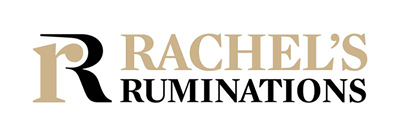The Ratskeller wine cellar tour in Bremen, Germany
I mentioned in an earlier article about Bremen that a highlight of Bremen’s old city (Altstadt) is the Rathaus, the old town hall. Built in the 15th century and renovated in the 17th century to give it a Renaissance-style façade, it is a UNESCO World Heritage site, in combination with the Roland statue in front of it.
The Rathaus was built at a time when Bremen was an independent city within the Holy Roman Empire, with a powerful merchant class. Its merchants’ guild was also a member of the international free trade association called the Hanseatic League which, at its height in the 14th and 15th centuries, dominated maritime trade in the Baltic and North Sea.
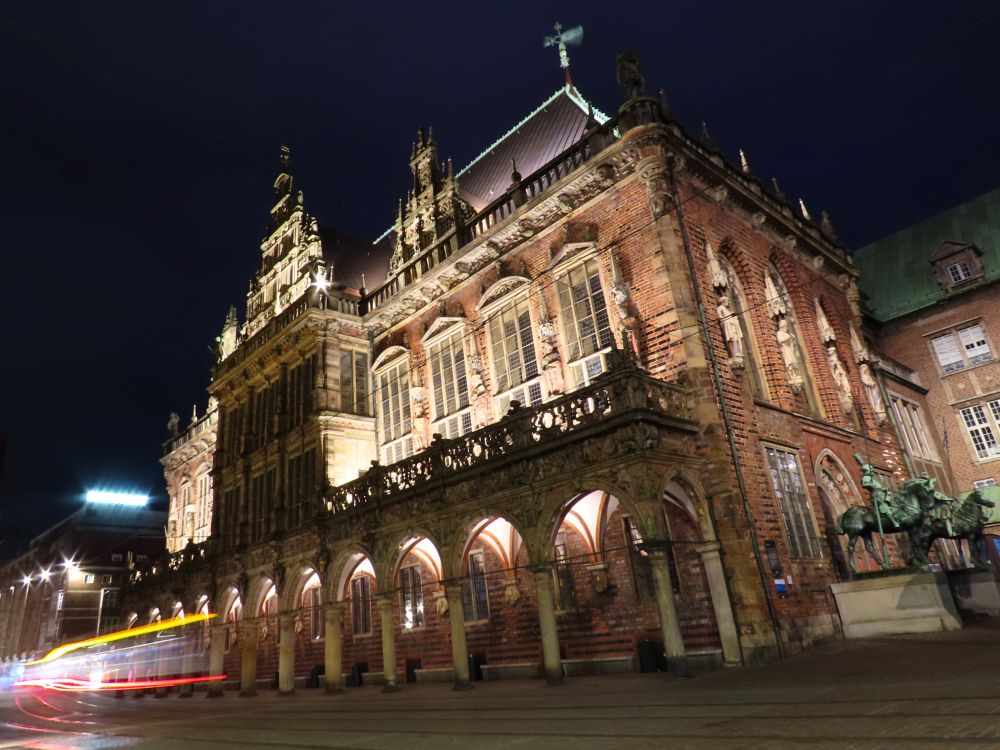
The Rathaus, then, was an expression of that importance. At the same time, with the city’s emphasis on trade, it’s not surprising that the cellar underneath the Rathaus was used for trade. Its cool, damp and dark atmosphere makes it a perfect place to store, bottle and sell wine.
Disclosure: This article contains affiliate links. Making a purchase through an affiliate link will mean a small commission for this website. This will not affect your price. Privacy policy.
And another disclosure: I took this tour of the Ratskeller as part of a press trip sponsored by Bremen Tourismus, the Bremen Tourism Board. All opinions are my own and the sponsors have no influence over what I choose to write.
Book your accommodations in Bremen. I stayed at the Radisson Blu on this visit, just around the corner from the Rathaus and many other Altstadt sights. The room was comfortable and quiet because the window faced the hotel’s atrium rather than the street.
The Ratskeller today
The Ratskeller serves the same purpose today, making it possibly the oldest wine cellar in Germany. It’s now home to two businesses: a restaurant and a wine merchant.
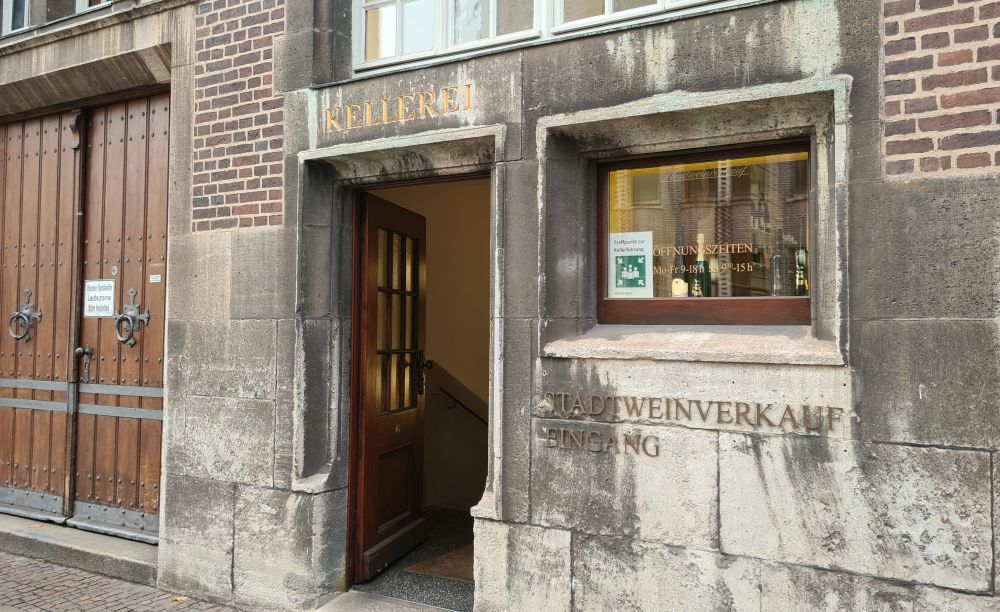
You might think it’s odd, if you know where Bremen is in Germany, that there was such an important wine cellar in a region with no vineyards or wineries. It has to do with Bremen’s status as a Hanseatic city and the profitable wine trade that passed through its bustling port.
Ratskeller wines
Every year the Ratskellermeister (Ratskeller master) tastes thousands of wines and chooses a limited number to store and sell in the cellars. These are bottled here with Ratskeller labels. Some are stored to age further, while others are for sale.
Touring the Ratskeller
I was curious to take the Ratskeller wine cellar tour because of how beautiful the building is more than because I have any particular interest in wine. The tourism board arranged a modified tour for me, along with a group of tour operators. It had elements from several of the tours the Ratskeller offers to the public.
As it turned out, the tour was well-presented and took us through the history of the wine cellar as well as explaining the process that goes into choosing, storing and selling the wines.
On the other hand, the spaces we walked through were in general not as interesting as I had hoped. The first one we entered is the office, where wine bottles used to get labeled and sold. It’s still a sales space today. After that, it was mostly just storage spaces filled with either wine barrels or cardboard boxes holding bottles of wine.
One of the rooms is filled with big wooden wine barrels in long rows, but these barrels are just for show. Since the cellars are part of the UNESCO site, the Ratskeller isn’t allowed to throw these old barrels away.
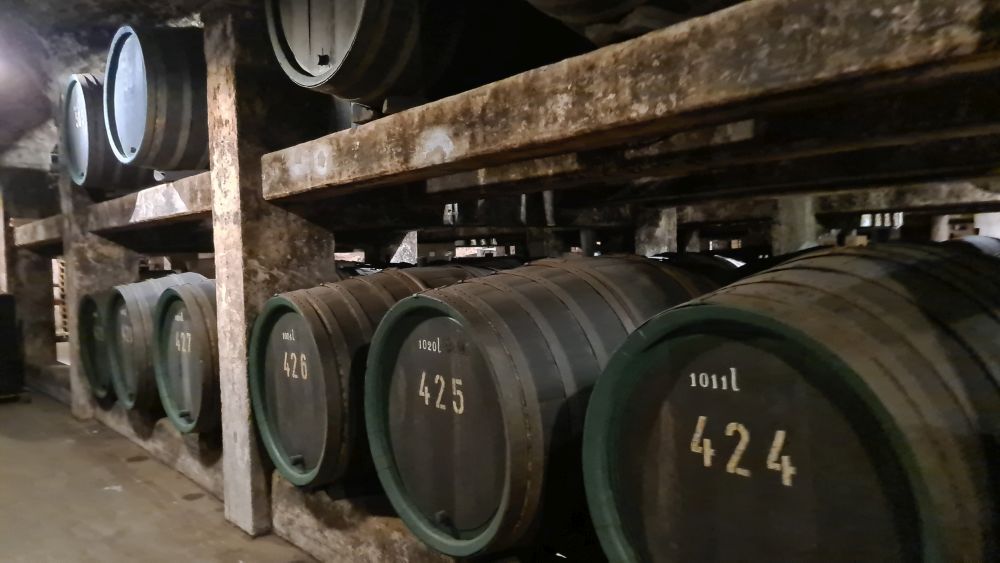
While most of the rooms we walked through had either bare brick walls or plaster, there was one surprisingly decorative old door and a few other ancient sculptures.

The Treasury
At one end of the cellars is a fenced-off area called the Treasury, with a decorative doorway. It holds a large collection of sweet German wines dating back as far as the 1700s, the oldest a 1727 “Rüdesheimer Apostle Wine.” They’re all in bottles, sorted by year, and each bottle is wrapped in plastic to protect the paper label. Some of them sell for prices in the hundreds or thousands, depending on that particular year’s rarity, quality and age.

The Rosekeller barrel
The last stop on the tour is a separate small room, lit for the tour only by candlelight. The smell of this room is powerful: a sweet, rich wine scent. That’s because it holds a wine cask still full of Rosekeller Rüdesheim wine from 1653. No one except the Ratskellermeister is allowed to sample the wine from this cask. The current one, in the job since 2023, hasn’t done so yet.

Wine tastings
On our special tour, we tasted three different wines, and each was paired with chocolate. The first was at the start of the tour. The second came after viewing some of the cellars, and the last came between seeing the Treasury and entering the room with the strong wine smell.
For each wine that we tried, the guide explained what wine it was and what distinguishes it from others. It was interesting to first taste the wine – I enjoyed them all, but I’m not at all a wine connoisseur – then taste the chocolate and then the wine again. The chocolates were well paired. They seemed not just to change the flavor of the wine but enhance it. (Of course, this may just have been because I love chocolate more than wine!)
By the way, the “tastes” aren’t what you normally get on a wine-tasting tour. We had generous portions; the wine glasses were filled about to the halfway point. I don’t drink much or often and had to ask for a container to pour out the wine I didn’t drink. I knew that if I drank all three glasses within the two hours of the tour, I’d be stumbling and slurring my words. But the fact that I had to ask implies that usually people drink all of it.
Ratskeller tour options
A variety of standard tours are available:
- A one-hour tour (€15) gives an introduction to the cellar vaults, their history and how the wine trade works today.
- A two-hour tour (€29) goes into more detail about wine regions and varieties of grapes and includes three glasses of wine.
- A three-hour tour (€45) includes five different wines and five chocolates paired with the wine.
Or you could take a themed tour:
- Rose wines: A two-hour tour (€35) focused on rose wines exclusively, with four glasses of wine.
- Sparkling wines: A two-hour tour (€39) about sparkling wines, with four glasses of wine.
- Christmas: During the Christmas market weeks, you can take a 1.5-hour tour (€25) with two wines to taste and a gluwein (mulled wine – a Christmas market staple) as well.
- The Wine and Law two-hour tour (€29) looks at laws regulating wine in Germany’s history to today. It includes three wines.
We took more or less the standard two-hour tour, except that for our group the paired chocolates were added.
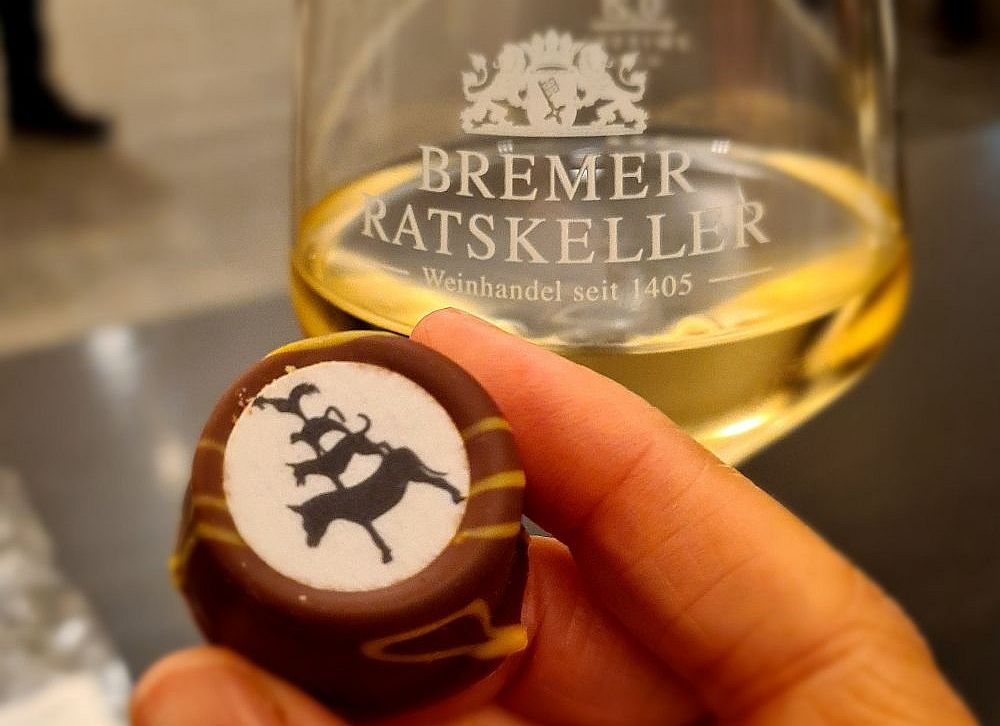
Should you sign up for a Ratskeller wine cellar tour in Bremen?
That depends. If you’re only interested in the history of the building, you might be better off taking a tour of the Rathaus upstairs. Tours in English happen daily at noon, or you can arrange a tour through Bremen Tourismus for a group. Book an English tour here.
If wines interest you, it’s definitely worth it. The history of this wine cellar is unusual and long, and I enjoyed hearing about the traditions and how they’ve changed over time. There are a few interesting details to see as well, like the one door with decorative carvings around it.
If you do take a Ratskeller wine cellar tour, I’d suggest you take one of the ones that includes wine. The advantage of a wine tasting here is that the quality wines have already been chosen for you: just the ones the Ratskellermeister has deemed good enough to put the Ratskeller label on.
While you’re in Bremen, get the historical background by booking a walking tour.
The Ratskeller restaurant
A section of the cellar is a restaurant today, also called the Ratskeller. In itself it has some interesting wine-related elements. In particular, tucked under some of the arches that support the old town hall above are some absolutely huge wine barrels dating to the 18th century. Called the monkey barrel, the dolphin barrel, the lion barrel and the dragon barrel, their names refer to the ornate carvings on their flat ends. They’re empty today, but according to the restaurant’s website, the largest of them could hold 37,000 bottles of wine.
I haven’t eaten there, so I can’t tell you if it’s good or not. I peeked in, though, and the atmosphere, with its arched ceiling and heavy oak furniture, made it look like a pleasant place to enjoy a hearty meal with family or friends. The restaurant is open daily from 12:00-23:00 offering a menu of local specialties heavy on the meat and potatoes, but also some vegetarian and fish options that sound good.
My travel recommendations
Planning travel
- Skyscanner is where I always start my flight searches.
- Booking.com is the company I use most for finding accommodations. If you prefer, Expedia offers more or less the same.
- Discover Cars offers an easy way to compare prices from all of the major car-rental companies in one place.
- Use Viator or GetYourGuide to find walking tours, day tours, airport pickups, city cards, tickets and whatever else you need at your destination.
- Bookmundi is great when you’re looking for a longer tour of a few days to a few weeks, private or with a group, pretty much anywhere in the world. Lots of different tour companies list their tours here, so you can comparison shop.
- GetTransfer is the place to book your airport-to-hotel transfers (and vice-versa). It’s so reassuring to have this all set up and paid for ahead of time, rather than having to make decisions after a long, tiring flight!
- Buy a GoCity Pass when you’re planning to do a lot of sightseeing on a city trip. It can save you a lot on admissions to museums and other attractions in big cities like New York and Amsterdam.
Other travel-related items
- It’s really awkward to have to rely on WIFI when you travel overseas. I’ve tried several e-sim cards, and GigSky’s e-sim was the one that was easiest to activate and use. You buy it through their app and activate it when you need it. Use the code RACHEL10 to get a 10% discount!
- Another option I just recently tried for the first time is a portable wifi modem by WifiCandy. It supports up to 8 devices and you just carry it along in your pocket or bag! If you’re traveling with a family or group, it might end up cheaper to use than an e-sim. Use the code RACHELSRUMINATIONS for a 10% discount.
- I’m a fan of SCOTTeVEST’s jackets and vests because when I wear one, I don’t have to carry a handbag. I feel like all my stuff is safer when I travel because it’s in inside pockets close to my body.
- I use ExpressVPN on my phone and laptop when I travel. It keeps me safe from hackers when I use public or hotel wifi.
